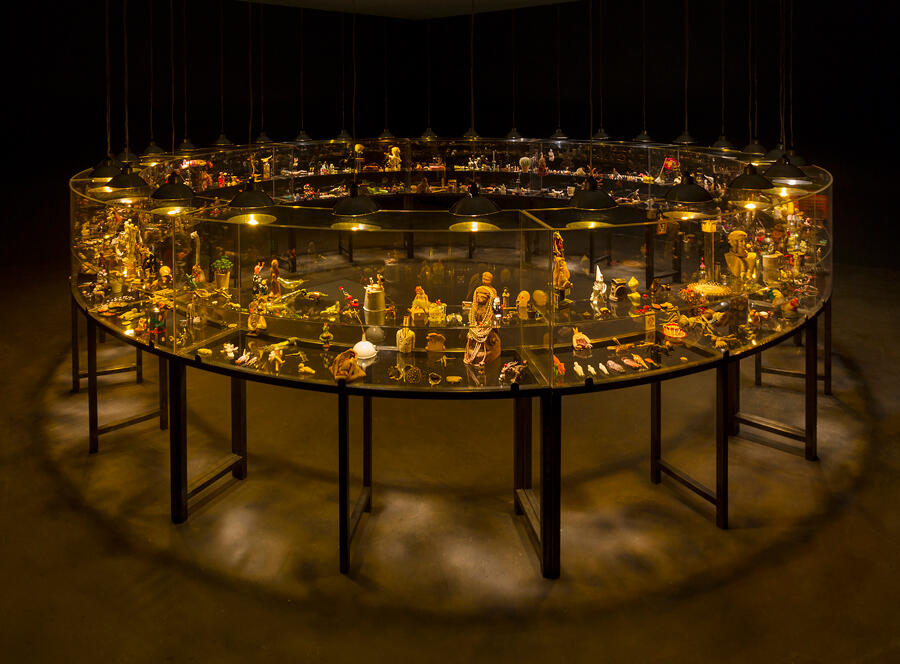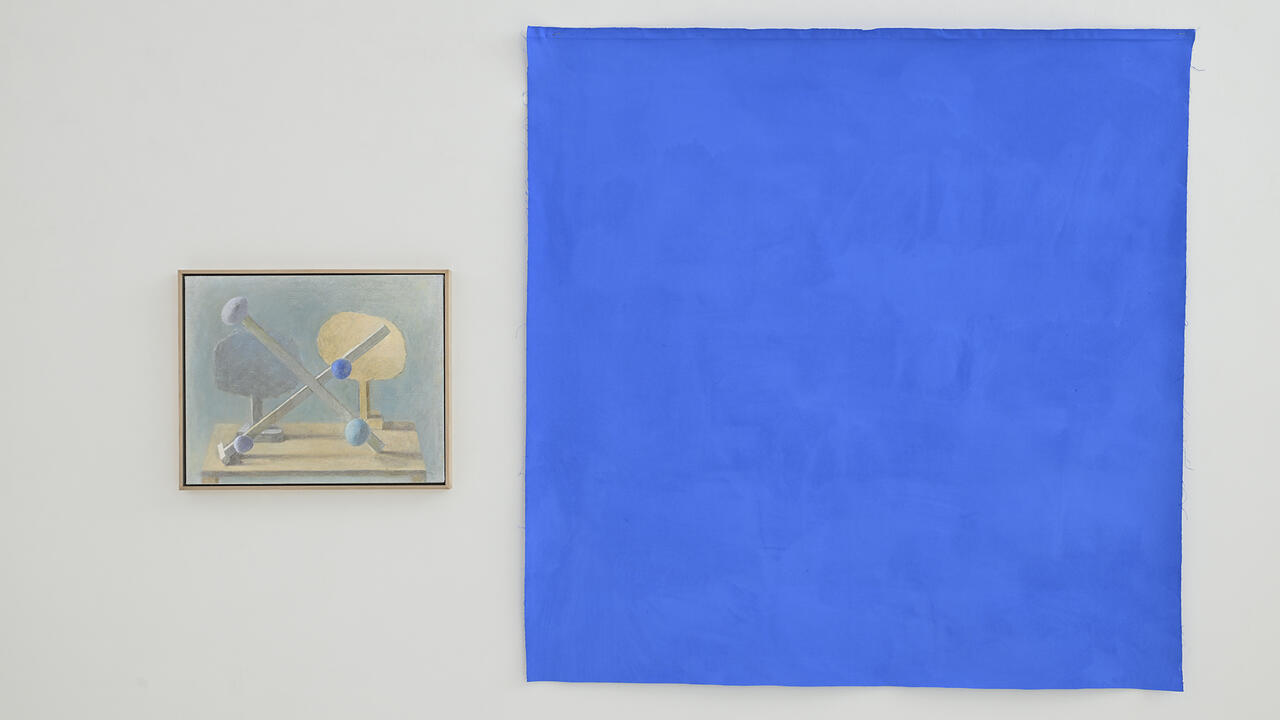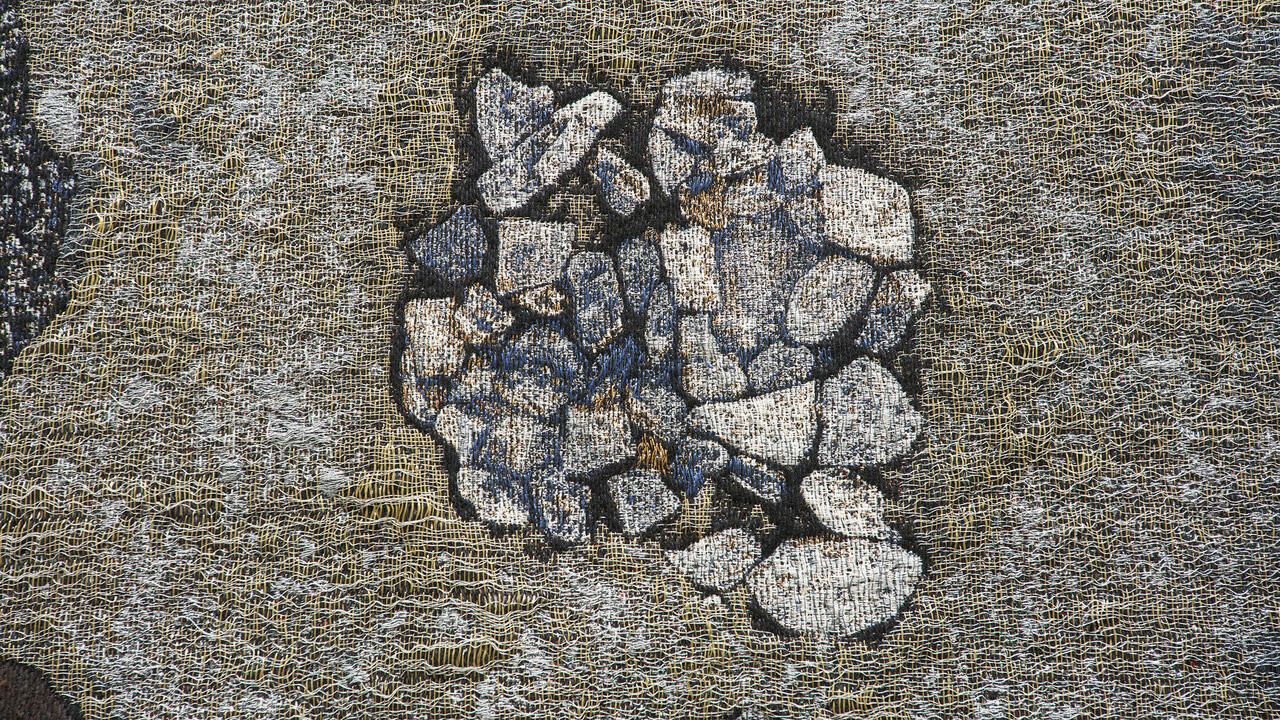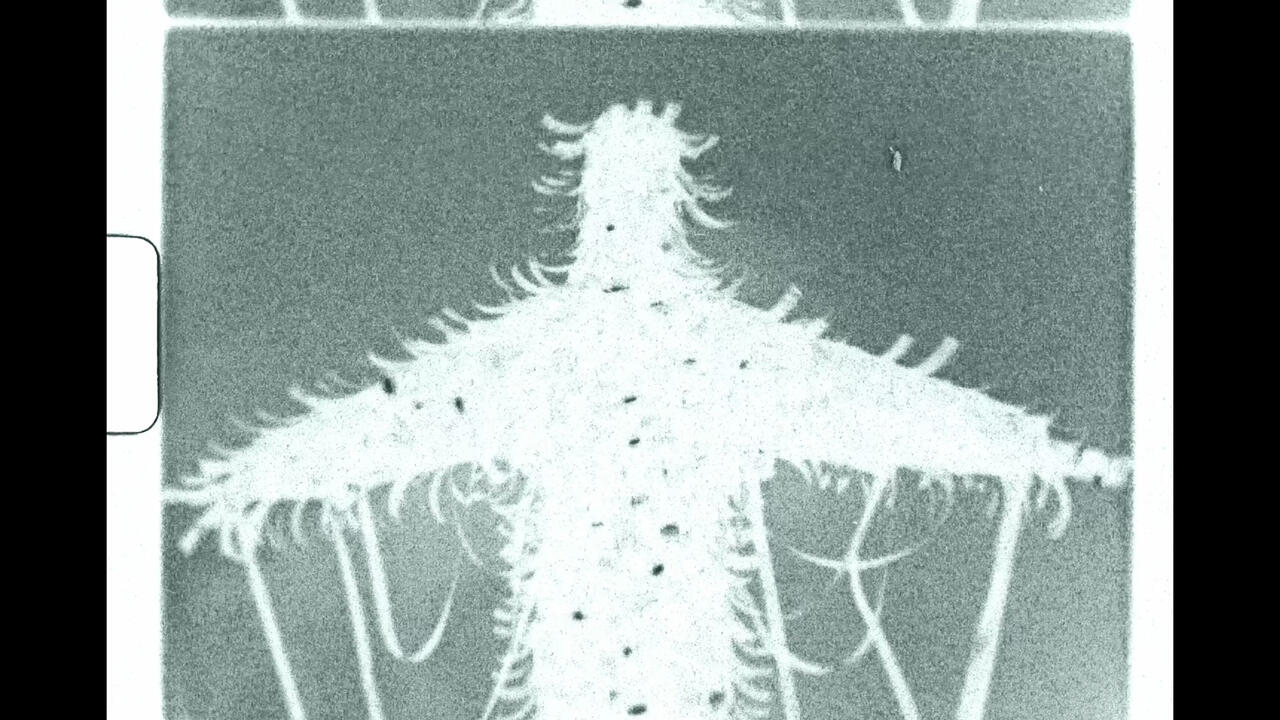Mithu Sen Speaks in Tongues
At the Australian Centre for Contemporary Art, Naarm/Melbourne, the artist’s videos, drawings and found objects engage subversive wordplay and internet culture to undermine gendered, racialized and colonial institutions
At the Australian Centre for Contemporary Art, Naarm/Melbourne, the artist’s videos, drawings and found objects engage subversive wordplay and internet culture to undermine gendered, racialized and colonial institutions

The prefix ‘un’ suggests an absence or a lack – think ‘unbecoming’, ‘untruths’, ‘unhuman’ – hinting at hierarchies unspoken. In ‘mOTHERTONGUE’, Mithu Sen’s solo show at the Australian Centre for Contemporary Art (ACCA), ‘un’ is tethered to artwork titles and written across gallery walls. The artist’s interest in language stems from the overwhelming despair she felt after moving from West Bengal to New Delhi in 1997 and having to communicate in English or Hindi instead of her mother tongue, Bengali. Sen’s employment of the prefix is not polemical, however. Rather, her promiscuous use of language is a hallmark of an exhibition overwhelmingly rooted in irony that tiptoes, at times, toward internet meme culture. Staged as a Borgesian mind map of videos, projections, poetry, framed drawings and curios, two decades of Sen’s subversive wordplay span ACCA’s cavernous galleries.

A trickster, Sen deploys her dry wit seditiously to critique the essence of the institution, whether from an artistic, gendered or colonialist perspective. The wall texts aren’t in the Arial or Helvetica fonts typically found in museums but in that mainstay of the 1990s information superhighway: Comic Sans. Universally hated by generations of internet users, Comic Sans has become a recent cause célèbre as a device for misuse in serious circumstances: an identifier for internet trolls. How to be a SUCKcessful Artist (2019), for example, is a large-screen projection of black and white footage of a performance-cum-video work that sees Sen intonate a glossolalic gibberish. As she speaks, a series of ten instructional points (in Comic Sans) roll down the wall behind her like an unobeyed teleprompter, including ‘3. develop their museum aesthetic with your exotica’ and ‘6. polish your #Yoga and your sexy native accent’. Sen is acutely aware of her position as a South Asian woman practicing art both for and in a Western art world; she is the joker, and we are, rightly, the butt of her joke.

Following a similarly agitational tact is Be Beyond Being (2021), a series of eight Zoom interventions originally conceived for the London, Asia, Art, Worlds conference organized by the Paul Mellon Centre at Yale University in 2021. Each of Sen’s glitch-like, Zoom bomb videos interjected the event’s proceedings without prior warning. Here, they are reconfigured into a small constellation of screens. Twisting academese and poking fun at art jargon, Sen poses provocative propositions, such as: ‘Postcolonialism never happened.’ The artist’s humour surges tempestuously: one video, accompanied by a elegiac trombone, displays a certificate titled ‘A Very Sad Announcement’ offering a corporate apology – again in Comic Sans – for hegemony under postcolonialism.

Elsewhere, the exhibition strikes a subtler note. Museum of unBelongings (2023) is a slowly rotating, circular Wunderkammer intended to communicate Sen’s innermost self. Illuminated by a set of pendant lights hanging above the cabinet, the two-storey vitrine hoards hundreds of mnemonics amidst personal keepsakes, collected across the artist’s peripatetic life: a set of wind-up teeth, Javanese masks, precious vessels, a boomerang, a female bust wreathed in faux pearls. Yet, despite being laden with museological cliché, this display lacks the explanatory texts that ordinarily accompany – and often overwrite – such artifacts. Vibrating with its untold narrative, each object in the Museum of unBelongings seems to have been chosen expressly for its capacity to communicate that it does not belong in such a place. In offering these objects a display that preserves their right to illegibility to certain audiences, Sen offers us a different kind of language – one in which semiotics replace semantics – suggesting not only that the subaltern can speak, but that they can do so in multiple languages.
Mithu Sen, ‘mOTHERTONGUE’ is on view at Australia Centre for Contemporary Art, Naarm / Mebourne, until 18 June.
Main image: Mithu Sen, Until you 206, 2021–22 (detail), zarina, metallic paper, watercolour ink, eco-anxiety, violence, mass graves and lynching tools on acid free handmade paper, set of 56 ‘Happy Prick’ drawings, framed, 213 × 457 cm (installation overall). Courtesy: the artist
























